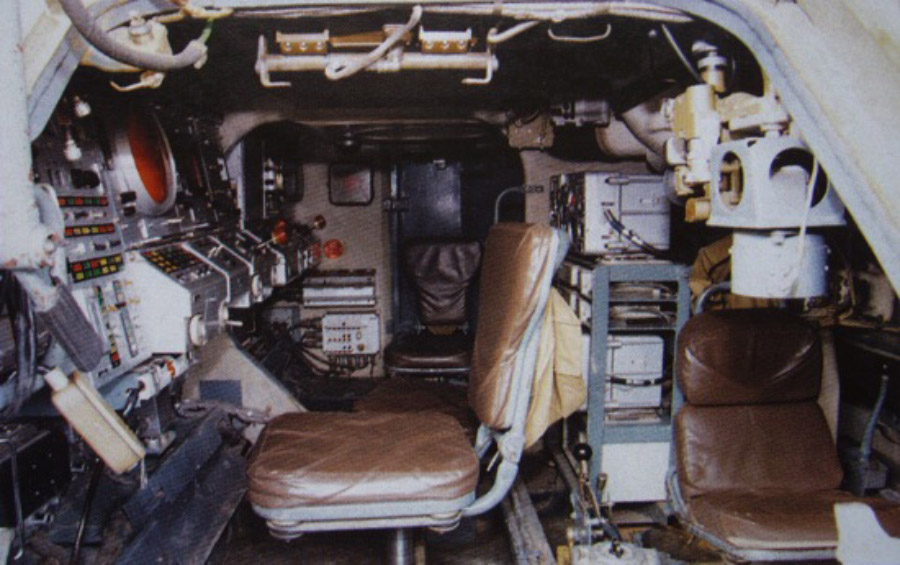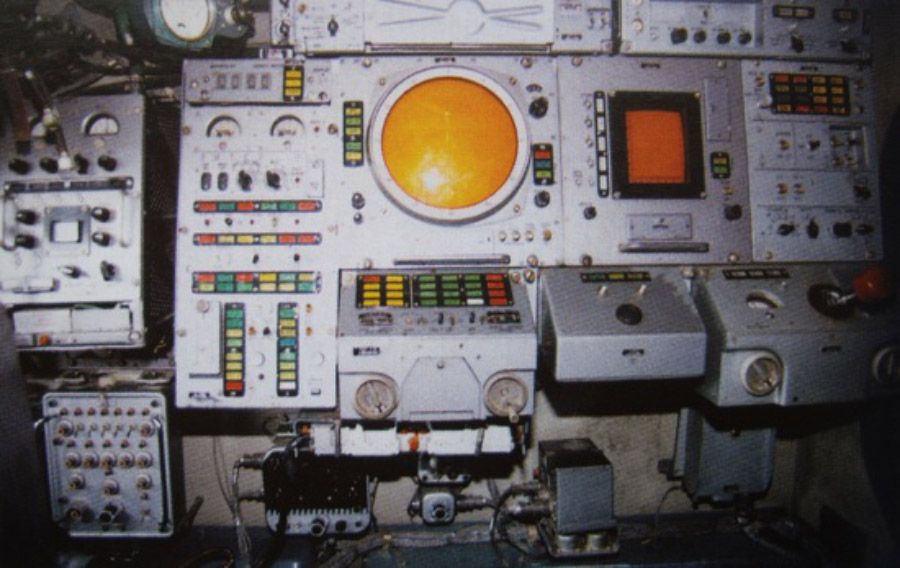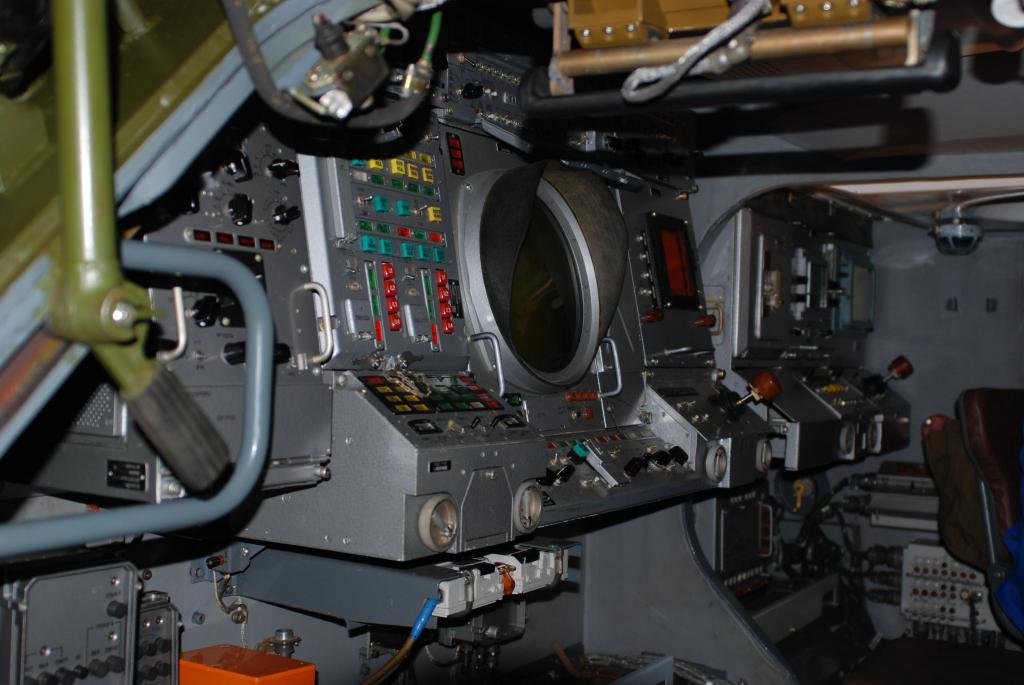Additional information on the passengers:
Malaysian Airline Flight 370: Disappearance of Boeing 777 made Illuminati Member Jacob Rothschild Sole Owner of Major Semiconductor Patent
_http://au.ibtimes.com/articles/545653/20140329/malaysian-airline-flight-370-disappearance-boeing-777.htm#.Uzn6OvldWSq
Mystery continues to surround the missing Malaysia Airlines Flight 370 despite the declaration by the Malaysian government that the ill-fated Boeing 777 ended its trip into the southern Indian Ocean.
The situation has led to various speculations ranging from political vendetta to terrorism to an accident.
One more question mark is added to the muddled equation is a report that four members of a patent semiconductor were in the jet, leaving the fifth co-owner of the patent the sole owner now.
And that person happens to be billionaire Jacob Rothschild, an Illuminati member, sparking more conspiracy theories about the aircraft's disappearance.
Mr Rothschild is portrayed as the alleged plotter, wrote Web site Humanarefree.com, noting that the firm, Freescale Semiconductor, launched a new electronic warfare device for military radar systems - the ARM microcontroller KL-03 - days before the plane disappeared.
The company has been creating and developing embedded processors the past five decades, which Freescale described as "stand-alone semiconductors that perform dedicated computing functions in electronic systems."
With the four co-owners of the patents in the same flight were 20 other Freescale employees who are mostly engineers and experts deployed in their chip plants in Tianjin, China and Kuala Lumpur.
Freescale said the co-owners and staff were going to China to improve the firm's consumer products operation.
Among the other "intriguing factors" of Freescale are that its shareholders include the Carlyle Group of private equity investors with past advisers that include former U.S. President George Bush Sr and ex-British Prime Minister John Major.
Here's another one, Carlyle's clients include the Saudi Binladin Group, a construction company owned by the family of Osama bin Laden.
The Web site noted that four days after the jet disappeared, the U.S. Patent Office approved the semiconductor patent which is divided into five parts. One was held by Freescale and the four to Peidong Wang, Zhijun Chen, Cheng and Lu Ying Zhijong. All four were from Suzhou City.
Mitch Haws, vice president for global communications and investor relations, acknowledged the disappearance of the 24, who had a lot of experience and technical background, is a loss for Freescale
_http://www.abeldanger.net/2014/03/stop-flight-mh370-at-any-cost-worlds.html#more
The company is no newcomer but has long-time connections in East Asia, as the former design subsidiary of Motorola, which once dominated the Asian communications market in the postwar era. Freescale has design centers in Kuala Lumpur and in China, including Beijing, Tianjin, Shanghai, Chengdu and Suzhou.
Besides its lucrative production of microchips for automotive components, Freescale has extensive contracts with the U.S. military, producing wafers and circuits for navigation, periscopes, electronic targeting, self-guided missiles and other weapons systems that require intelligence controls.
Any defense-related company at the nerve center of Pentagon hardware is bound to attract the attention of weapons designers from both adversarial and allied nations upgrading their military capability. Japan, France and the UK, along with Russia, China and Iran, all want the leading edge that contractors like Freescale provide.
What technological innovation would prompt the Pentagon's military intelligence agencies to electronically interdict a civilian airliner in mid-flight, while disposing of the collateral passengers as shark bait?
Ultra-small Microcontoller
In February 2013, Freescale unveiled the Kinesis KL02, the world's smallest microcontroller, measuring 1.9 mm by 2mm and containing RAM, ROM and a clock. The company brags that the device is so small that it can be swallowed for medical uses, such as releasing drugs according to prescription schedule or directing micro-surgery.
Tiny though it may be, the micro-controller is the key to next-generation warfare based on self-guidance, tactical versatility and hierarchy of commands, in short, an adaptive thinking weapon that can outsmart foes. Potential applications include:
- Drones smaller than a fly, either as remotes or autonomously, on surveillance missions or to deliver biowarfare packets, for example, lab-cloned viruses or toxic drugs. Their light weight means longer flying periods or even indefinite hovering time if solar-powered.
- Injectable implants to insert a human-machine interface, for example, a targeting system attached to the optic nerve, rendering Google glasses obsolete. Bionic implants could be implanted in nerves of the limbs to control battery-powered prosthetics, realizing the Pentagon's dream of a human-centered robotic warrior, known to anime fans as "meka".
- Maneuverable micro-satellites and mini-submarines that can be operated as drones or act independently to track and hunt larger weapons systems, spy satellites too small to be detected by ground telescopes, and orbiting warheads containing chemical, biological or nuclear materials.
Strategic Versus Commercial Interest
The series code of Kinesis KL02 stands for Version 2 made in Kuala Lumpur, which is the capital of Malaysia. This core of America's next-generation weapons systems was developed overseas, in a Muslim-preponderant country economically allied with China, Russia and Japan and often at odds with US foreign policy. Therefore, an upcoming round of testing in China, and possible manufacture of Version 3 in Beijing, was a prospect that the Pentagon agencies, especially the NSA, the US Air Force's Space Command and DARPA, had to stop by any means available.
As Freescale Malaysia prepared to test Kinesis at its sister research labs in Beijing and Tianjin, alarm bells were sounding at the DARPA-funded Charles Stark Draper Laboratory in Cambridge, Massachusetts. That leading weapons-research facility was created during World War II to build navigation systems and bomb sights stabilized against turning and vibrations by inertia. It has since moved on to microchips for every military application, including inertial guidance for ballistic missiles, communications, GPS, intelligent targeting systems, orbital piloting for the International Space Station and, under the cover of "biomedical", the transhuman super-soldier program.
The release of Kinesis exposed the Pentagon's dilemma over dual-use technology, which can garner vast profits through civilian applications, as shown by GPS for cars and smartphones, yet threaten to wipe out America's technological lead in warfare. The choice of whether to down on a new technology is not limited to Pentagon insiders and generals, since defense contractors and elite corporate executives are also involved.
In November, Freescale seated a new member on its Board of Directors. Joanne Maguire is an executive with three decades of experience in the Lockheed Martin Space Division. She studied electrical engineering at University of Michigan and UCLA, where she earned her master's degree. She was invited to the Harvard Program for Senior Executives in National and International Security. Caltech honored her with the Karmann Wings Award and she received the Peter Teets Award from the National Defense Industrial Association. As the very embodiment of the Defense Advanced Research Projects Agency (DARPA), Maguire was the ideal choice to serve as watchdog against the corporate profiteers at Freescale.







